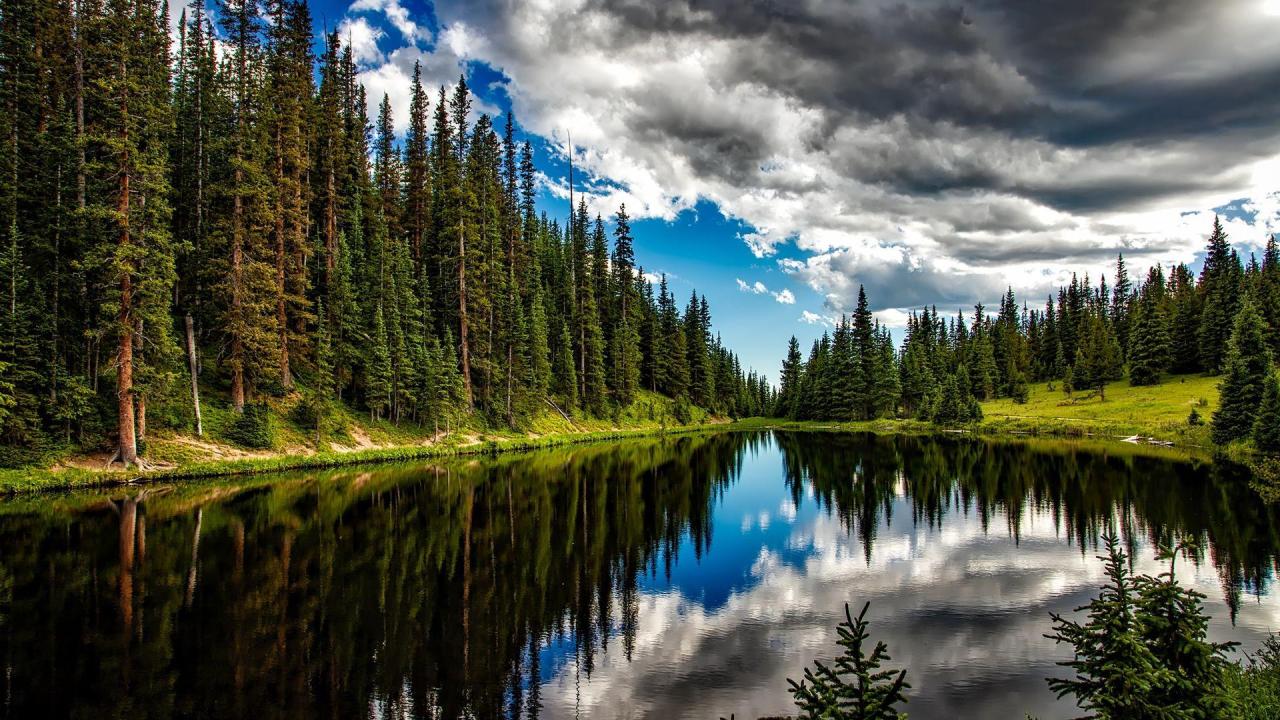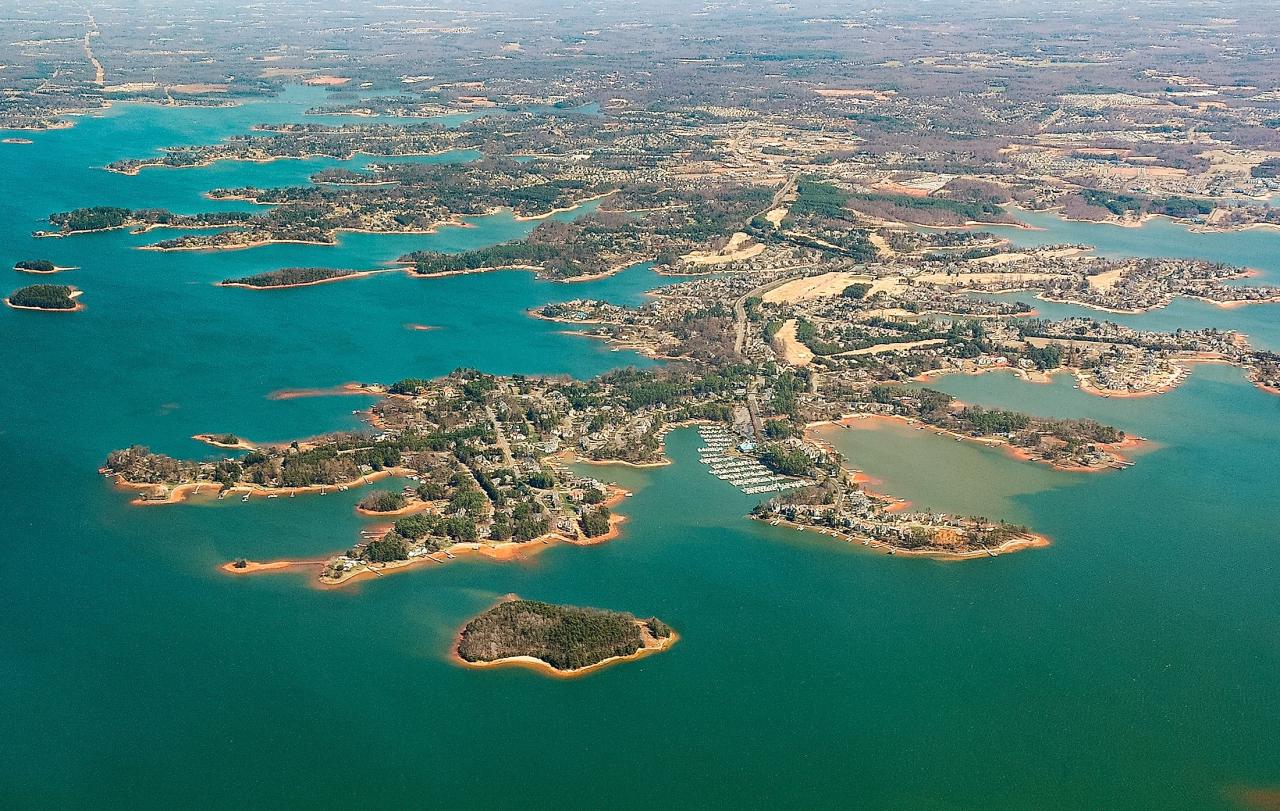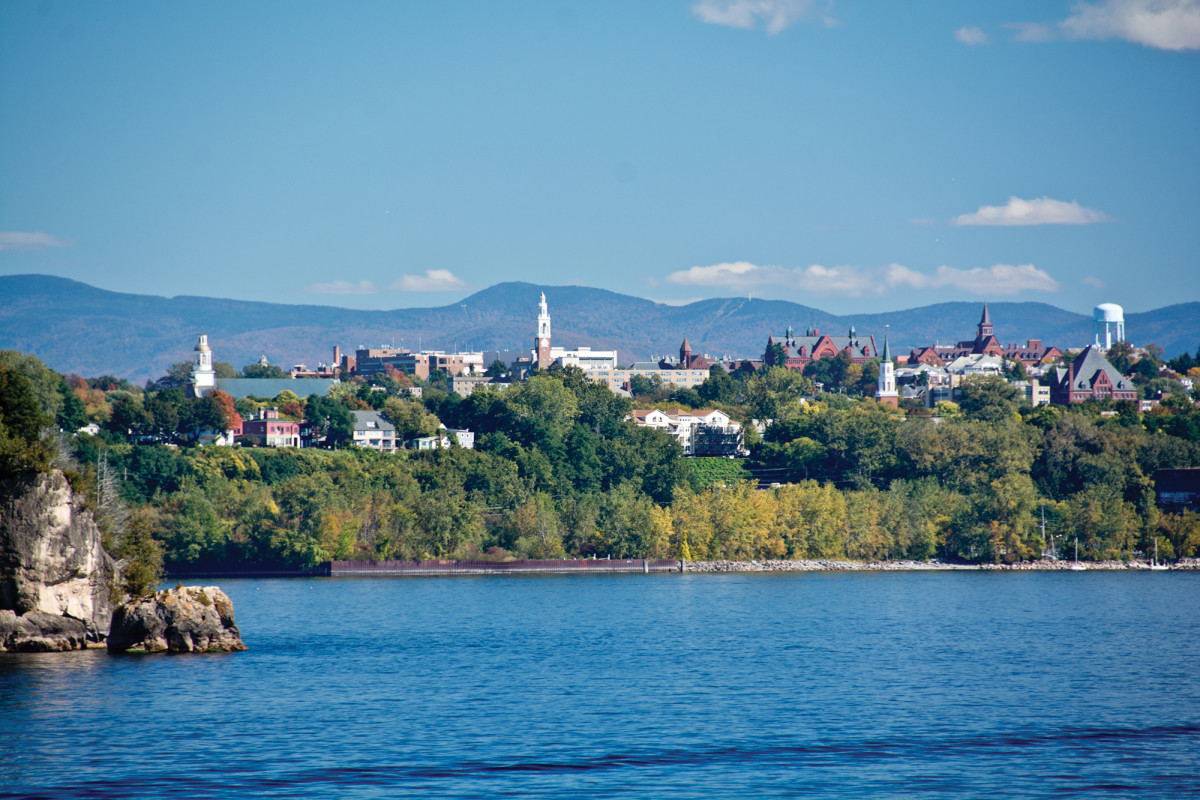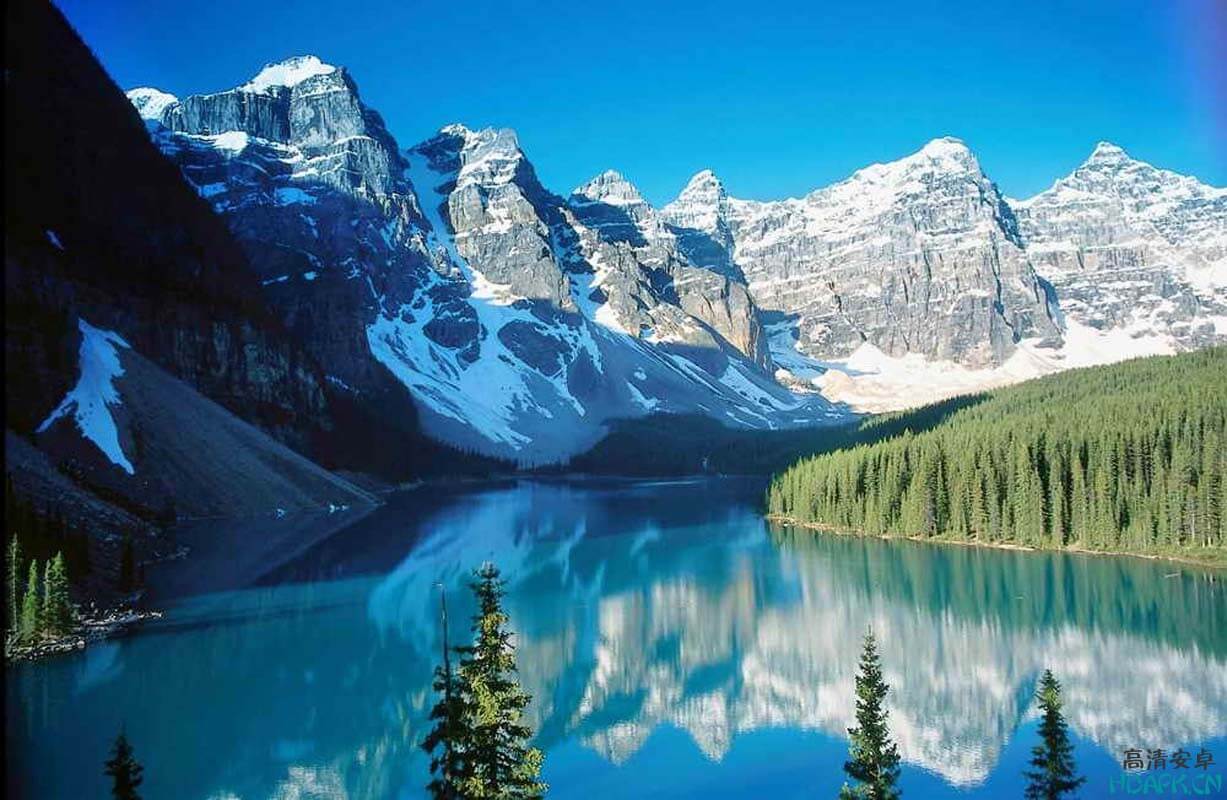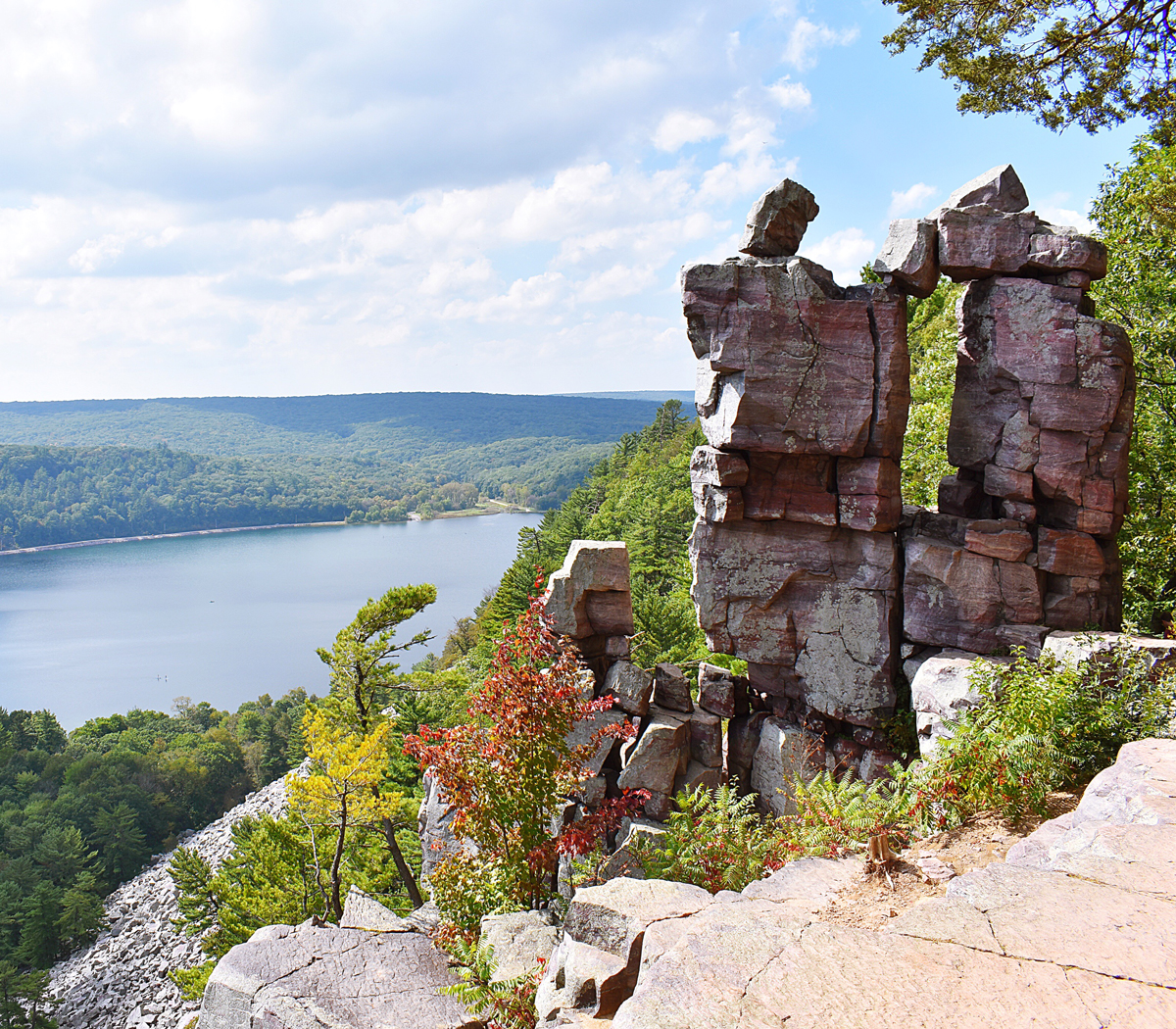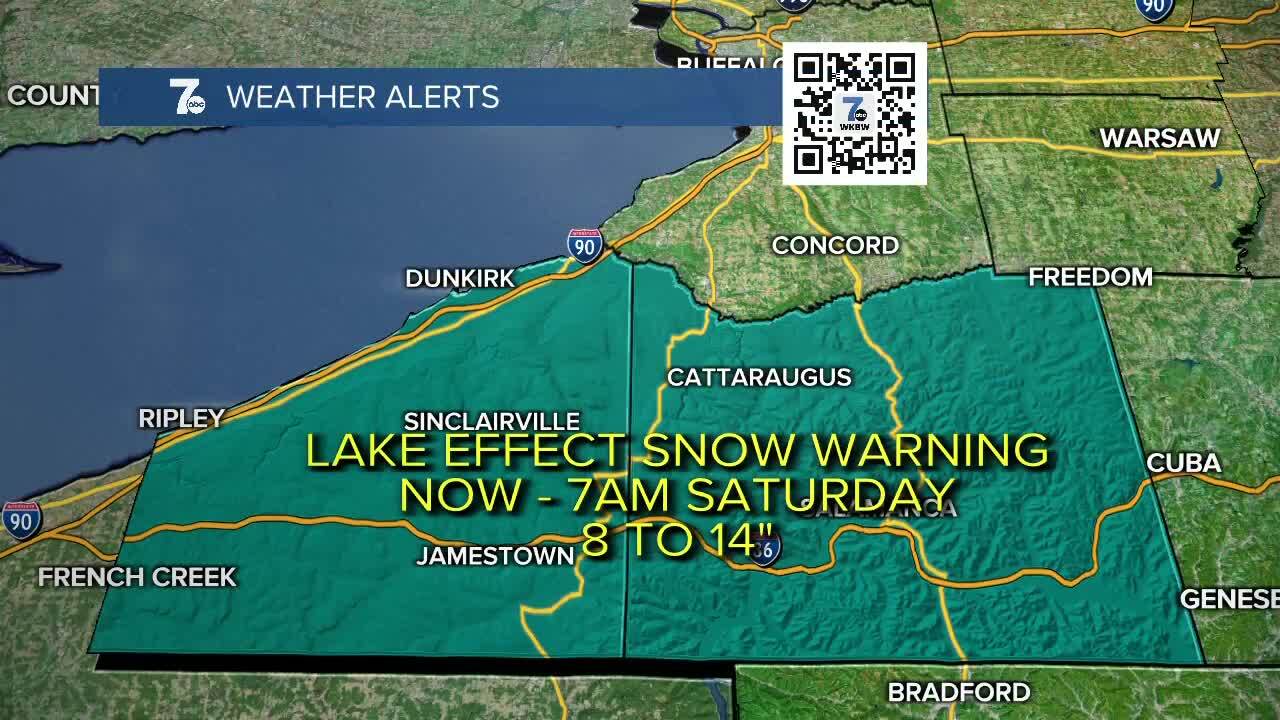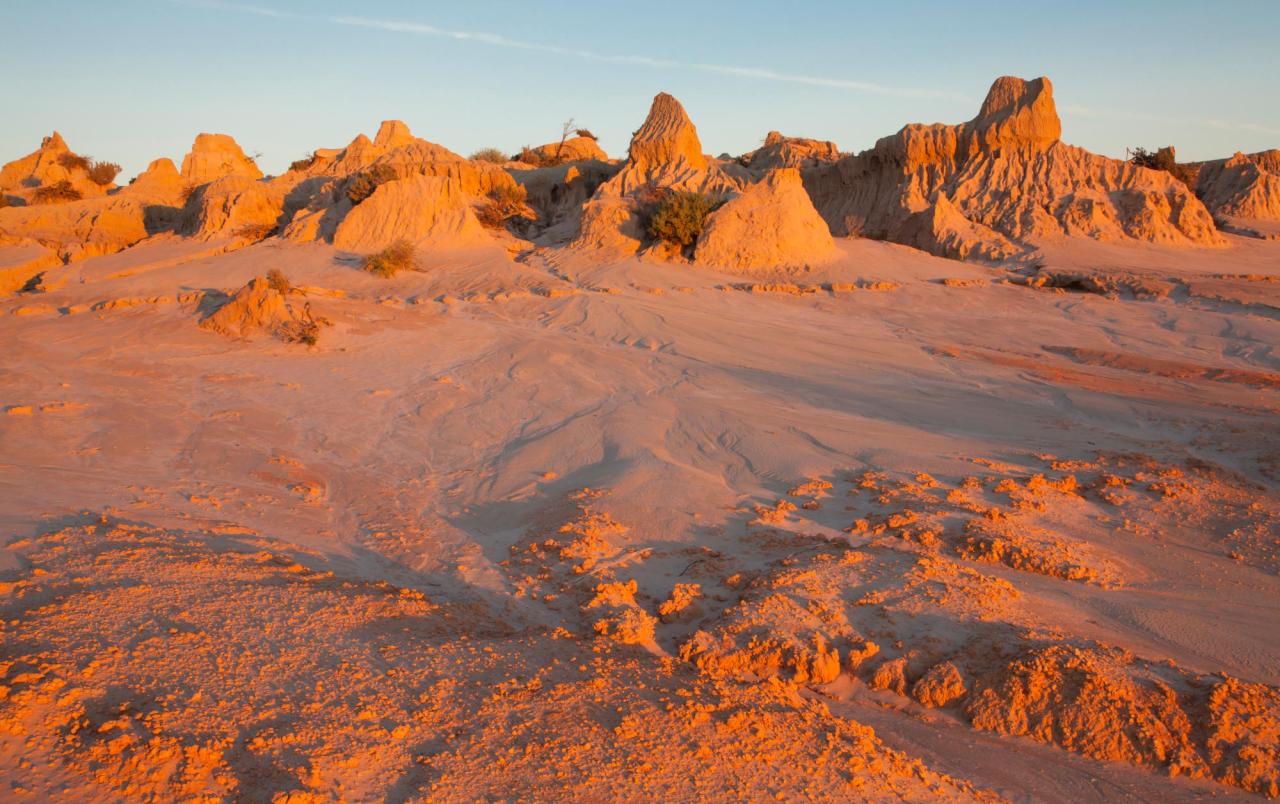Lake Winnipesaukee, nestled in the heart of New Hampshire, is a breathtaking body of water renowned for its stunning beauty, rich history, and diverse recreational opportunities. From its sparkling waters and picturesque islands to its vibrant towns and captivating landscapes, Lake Winnipesaukee offers something for everyone.
This majestic lake, the largest in New Hampshire, boasts over 270 islands, captivating views, and a rich history that intertwines with Native American heritage, early European settlement, and the growth of tourism. The lake’s shores are dotted with charming towns and villages, each with its unique character and attractions.
Geography and Location
Lake Winnipesaukee, often referred to as “Winni” by locals, is a stunning body of water nestled in the heart of New Hampshire, USA. Situated in the Lakes Region of the state, it spans across Belknap and Carroll counties, touching upon several picturesque towns, including Laconia, Meredith, Alton, and Wolfeboro.
This magnificent lake is renowned for its beauty, offering breathtaking views and a serene escape from the hustle and bustle of everyday life.
Size and Depth
Lake Winnipesaukee is the largest lake in New Hampshire, boasting a surface area of 44,920 acres. Its average depth is around 30 feet, with the deepest point reaching 140 feet. These dimensions make it a haven for various aquatic life and a playground for water enthusiasts.
Islands
One of the defining features of Lake Winnipesaukee is its numerous islands, adding to its charm and allure. There are over 270 islands scattered across the lake, ranging in size from tiny outcroppings to larger, inhabited islands. Some of the most notable islands include:
- Rattlesnake Island: Known for its unique shape and scenic beauty.
- Long Island: The largest island in the lake, offering a variety of recreational opportunities.
- Abbott Island: A popular destination for swimming and picnicking.
- Center Harbor Island: Home to the charming village of Center Harbor.
History and Culture
The history of Lake Winnipesaukee is rich and intertwined with the lives of the indigenous people and early European settlers. The Abenaki people, who called the area home for centuries, referred to the lake as “Winnipesaukee,” meaning “the smile of the Great Spirit.”
Native American Culture
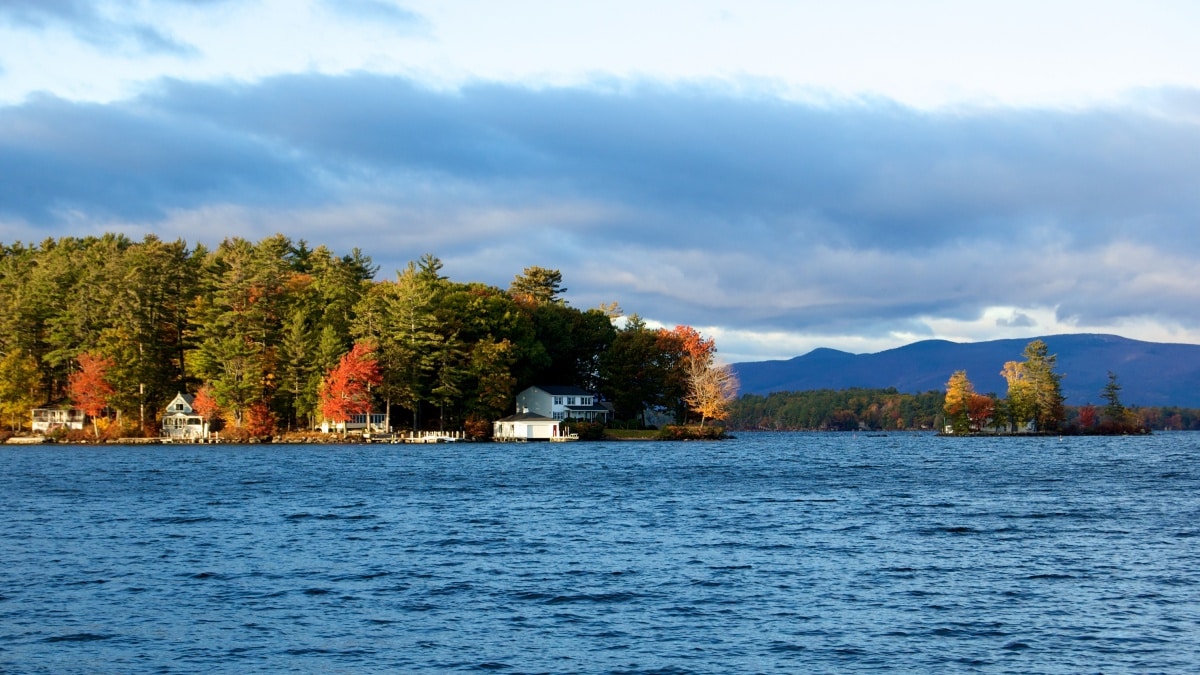
The Abenaki people relied heavily on the lake for sustenance, fishing, hunting, and transportation. Their culture and traditions were deeply rooted in the natural world, and the lake played a significant role in their spiritual beliefs and practices.
Lake Powell is a beautiful reservoir on the Colorado River, created by the Glen Canyon Dam. It’s a popular destination for boating, fishing, and exploring the stunning sandstone canyons. If you’re looking for a scenic escape, be sure to check out Lake Powell !
European Settlement
European settlers arrived in the area in the 17th century, drawn by the abundance of resources and the beauty of the lake. The first permanent settlement on the lake was established in 1765 at Wolfeboro, which quickly became a popular destination for summer vacations.
Tourism and Recreation, Lake winnipesaukee
The development of tourism around Lake Winnipesaukee began in the mid-19th century, with the construction of hotels and resorts catering to the growing number of visitors. The lake’s popularity continued to soar throughout the 20th century, becoming a renowned destination for recreation, relaxation, and outdoor adventures.
Lake Powell is a massive reservoir on the Colorado River, known for its stunning scenery and abundant opportunities for recreation. You can find everything from boating and fishing to hiking and camping around the lake. If you’re looking for an unforgettable adventure, be sure to check out Lake Powell.
You won’t be disappointed!
Flora and Fauna
Lake Winnipesaukee is a vibrant ecosystem teeming with a diverse array of plant and animal life. Its clear waters and varied habitats provide a home for a wide range of species, making it a paradise for nature enthusiasts.
Fish
The lake is renowned for its excellent fishing, with a variety of fish species, including:
- Lake trout: A prized catch, known for its delicate flavor.
- Smallmouth bass: A popular game fish, known for its fighting spirit.
- Landlocked salmon: A native species, introduced to the lake in the early 20th century.
- Walleye: A migratory fish, known for its excellent taste.
- Chain pickerel: A predatory fish, known for its sharp teeth.
Trees and Plants
The shores of Lake Winnipesaukee are adorned with a variety of trees and plants, creating a lush and vibrant landscape. Some of the most common species include:
- White pine: A towering evergreen, known for its soft needles.
- Sugar maple: A deciduous tree, known for its vibrant fall foliage.
- American beech: A smooth-barked tree, known for its dense shade.
- Red oak: A sturdy tree, known for its acorns.
- Water lilies: Aquatic plants, known for their beautiful flowers.
Animals
The lake and its surrounding forests are home to a variety of animals, including:
- Birds: Bald eagles, osprey, loons, ducks, and geese.
- Mammals: White-tailed deer, black bear, beaver, otter, and raccoon.
- Reptiles: Snapping turtles, painted turtles, and garter snakes.
Recreation and Tourism
Lake Winnipesaukee is a renowned destination for recreation and tourism, offering a wide range of activities and attractions to suit every taste. From swimming and boating to hiking and exploring historical sites, there is something for everyone to enjoy.
Recreational Activities
The lake is a haven for water enthusiasts, offering a variety of activities, including:
- Swimming: Numerous beaches and coves provide opportunities for swimming and sunbathing.
- Boating: The lake is perfect for boating, with opportunities for sailing, kayaking, canoeing, and waterskiing.
- Fishing: The lake is known for its excellent fishing, with a variety of species to catch.
- Hiking: Numerous hiking trails wind through the surrounding forests, offering stunning views of the lake.
Attractions and Landmarks
The area around Lake Winnipesaukee is rich in attractions and landmarks, including:
- The Mount Washington Cog Railway: A scenic train ride up Mount Washington, offering breathtaking views of the surrounding mountains and lakes.
- The Canterbury Shaker Village: A historic village, showcasing the life and work of the Shakers, a religious sect.
- The Winnipesaukee Museum: A museum dedicated to the history and culture of Lake Winnipesaukee.
- The Wolfeboro Historical Society Museum: A museum showcasing the history of Wolfeboro, the first permanent settlement on the lake.
- The Weirs Beach: A bustling waterfront area, offering a variety of shops, restaurants, and entertainment.
Accommodations
Visitors to Lake Winnipesaukee have a wide range of accommodations to choose from, including:
- Hotels: Numerous hotels offer comfortable accommodations and convenient amenities.
- Resorts: Several resorts provide luxurious accommodations, dining, and recreational activities.
- Vacation Rentals: A variety of vacation rentals, including cabins, cottages, and houses, are available for rent.
- Campgrounds: Several campgrounds offer opportunities for camping and enjoying the outdoors.
Environmental Concerns: Lake Winnipesaukee
While Lake Winnipesaukee is a stunning natural treasure, it faces a number of environmental challenges that threaten its health and ecosystem. These challenges require careful attention and proactive measures to protect this valuable resource for future generations.
Pollution
Pollution from various sources, including runoff from agriculture, urban areas, and septic systems, can impact water quality and harm aquatic life. Excess nutrients, such as phosphorus and nitrogen, can lead to algal blooms, which can deplete oxygen levels and harm fish populations.
Invasive Species
The introduction of invasive species, such as zebra mussels and milfoil, can disrupt the lake’s delicate ecosystem. These species can outcompete native plants and animals, leading to imbalances in the food web and habitat loss.
Habitat Loss
Development along the lake’s shores can lead to habitat loss for wildlife. Clearing of vegetation for construction and shoreline hardening can reduce nesting sites for birds and disrupt the natural flow of water.
Climate Change
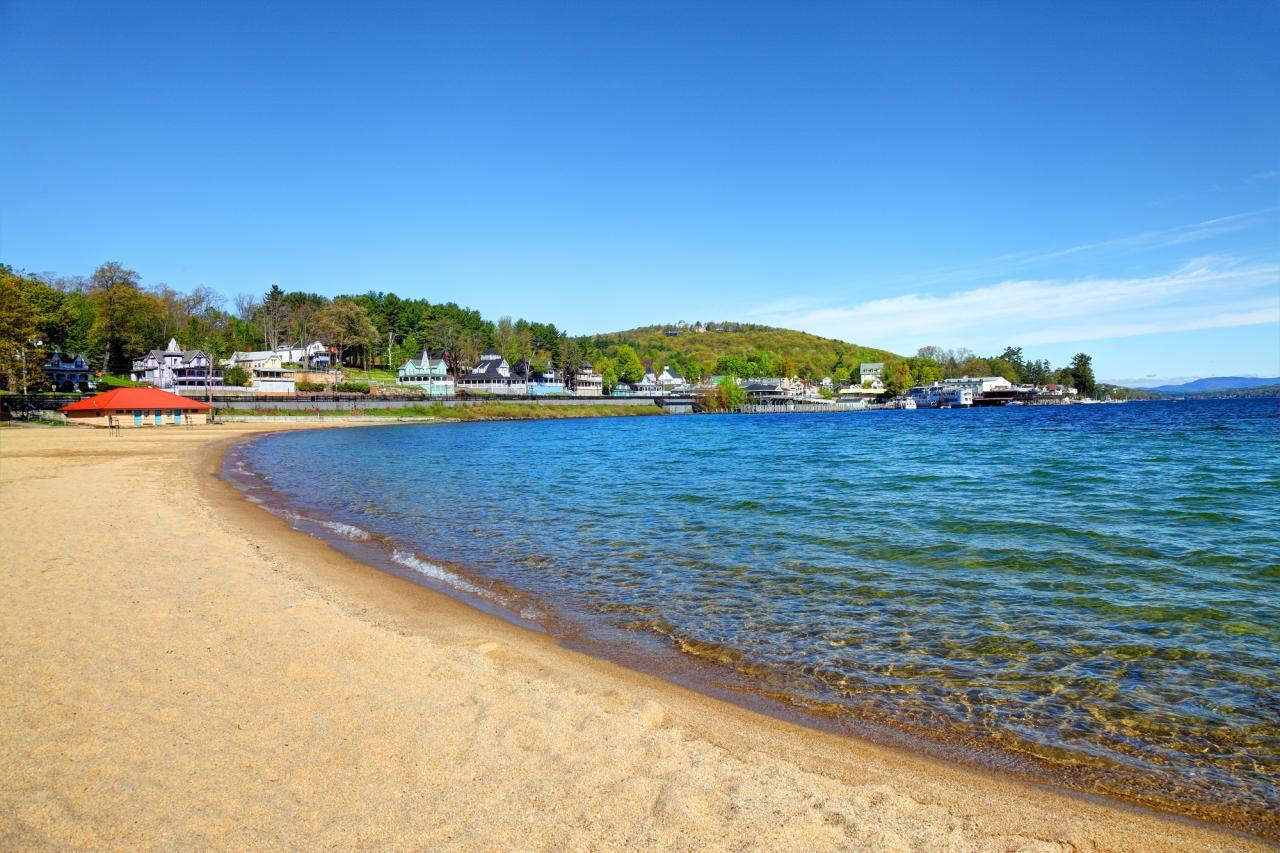
Climate change is expected to have significant impacts on Lake Winnipesaukee, including changes in water levels, temperature, and wildlife. Rising temperatures can lead to increased evaporation, lowering water levels and creating challenges for aquatic life.
Conservation Efforts
To address these environmental concerns, various conservation efforts are underway, including:
- Water quality monitoring: Regular monitoring of water quality helps identify pollution sources and track trends.
- Invasive species control: Programs are in place to control and eradicate invasive species, such as zebra mussels and milfoil.
- Habitat restoration: Efforts are underway to restore and enhance habitats for wildlife, such as planting native vegetation and creating buffer zones.
- Public education: Raising awareness about the importance of protecting the lake and encouraging responsible behavior is crucial.
Lake Winnipesaukee in Literature and Art
Lake Winnipesaukee has inspired countless artists and writers, capturing their imaginations with its beauty and mystique. Its presence is felt in numerous literary works and artistic expressions, reflecting its enduring impact on the human spirit.
Literature
The lake has been featured as a setting or theme in various literary works, including:
- “The House of the Seven Gables” by Nathaniel Hawthorne: The novel, set in Salem, Massachusetts, features a character who travels to Lake Winnipesaukee, reflecting the lake’s allure in the 19th century.
- “The Winnipesaukee Trilogy” by John D. MacDonald: A series of mystery novels set in the fictional town of “Lakeport,” inspired by the real-life Lake Winnipesaukee.
- “The Lake” by T.C. Boyle: A novel that explores the complexities of human relationships against the backdrop of a fictional lake, drawing inspiration from Lake Winnipesaukee’s natural beauty.
Art
The lake’s beauty has been captured in numerous paintings, photographs, and other art forms, showcasing its diverse landscapes and tranquil waters. Artists have been drawn to its serene beauty, capturing its essence in various styles and mediums.
- “Lake Winnipesaukee” by Frank Benson: A renowned American Impressionist painter, Benson captured the lake’s beauty in several of his works, including “Lake Winnipesaukee,” showcasing the lake’s tranquil waters and vibrant colors.
- “Sunrise on Lake Winnipesaukee” by Thomas Cole: A prominent American landscape painter, Cole captured the lake’s beauty in several of his works, including “Sunrise on Lake Winnipesaukee,” showcasing the lake’s dramatic skies and serene waters.
- “Lake Winnipesaukee” by Ansel Adams: A renowned American photographer, Adams captured the lake’s beauty in several of his black-and-white photographs, showcasing the lake’s dramatic landscapes and stark contrasts.
Popular Culture
Lake Winnipesaukee has also been portrayed in popular culture, appearing in movies, television shows, and music. Its iconic status has made it a recognizable backdrop for various creative works, reflecting its cultural significance.
- “The Lake House”: A romantic comedy film featuring a fictional house on the lake, showcasing its charm and romantic appeal.
- “The Winnipesaukee”: A popular song by the band “The Dead Milkmen,” featuring lyrics that celebrate the lake’s beauty and its place in local culture.
- “Lake Winnipesaukee”: A popular television show featuring a fictional family vacationing on the lake, highlighting its recreational opportunities and natural beauty.
Last Point
Whether you’re seeking adventure on the water, exploring the region’s historical sites, or simply enjoying the serenity of nature, Lake Winnipesaukee offers an unforgettable experience. Its allure lies in its ability to connect visitors with the beauty of the natural world, the richness of its history, and the vibrant spirit of its communities.



